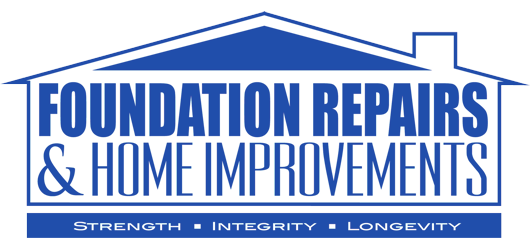Helical Pier Systems
A Deep Dive into Modern Foundation Repair Techniques
In foundation repair and stabilization, helical pier systems have become a go-to solution for addressing various foundation issues. These systems, known for their efficiency and effectiveness, offer a modern approach to stabilizing and lifting foundations that have suffered from various forms of distress. This article aims to provide homeowners and building professionals with a comprehensive understanding of helical pier systems, their application, and their benefits.
What are Helical Piers?
Helical piers, also known as helical piles, screw piles, or earth anchors, are deep foundation solutions used to secure new or repair existing foundations. They are steel and feature a helical (spiral) blade around the shaft. The design of these piers allows them to be screwed into the ground, much like a screw into wood, providing a secure anchoring system for various types of structures.
How Do Helical Piers Work?
The installation of helical piers involves screwing them into the ground until they reach a predetermined depth or load capacity. This is achieved using hydraulic machinery, which ensures precision and minimal disturbance to the surrounding soil. Once in place, the piers bear the structure’s weight, transferring it from unstable or weak soil to the more stable soil or bedrock below.
Applications of Helical Pier Systems
Helical pier systems are versatile and can be used in various scenarios, including:
- Foundation Repair: Ideal for homes experiencing settling or sinking due to unstable soil conditions.
- New Construction: Provides a stable foundation in areas with weak soils.
- Slope Stabilization: Helps in securing structures located on slopes or uneven terrain.
- Tiebacks and Soil Nailing: Offers lateral support for retaining walls and similar structures.
Benefits of Helical Piers
- Minimal Impact Installation: Unlike traditional foundation repair methods, helical piers cause less landscape and surrounding area disruption.
- Quick Installation Time: They can be installed rapidly, reducing construction time.
- Load Bearing Immediately: Helical piers can bear structural loads immediately after installation.
- Versatile Use: Suitable for light and heavy loads and can be adapted for almost any soil type.
- Long-Term Stability: Provides lasting foundation support, resisting soil shifts and movements.
Conclusion
Understanding the role and benefits of helical pier systems in foundation stabilization is crucial for anyone facing foundation-related issues or undertaking new construction in challenging soil conditions. These systems offer a sustainable, efficient, and reliable alternative to traditional foundation methods, ensuring structures’ long-term stability and safety. If you’re considering foundation repair or are about to embark on new construction, consulting with a foundation expert about the suitability of helical pier systems for your project is a wise first step.




